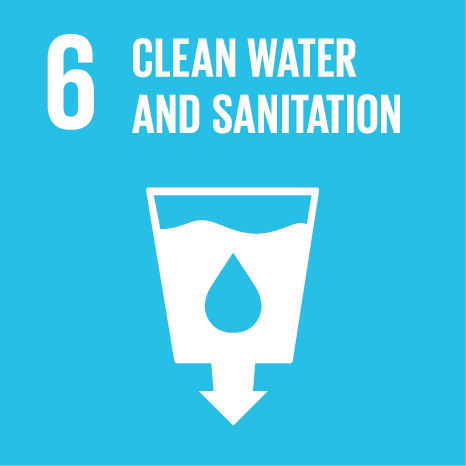 +265(0)111 624 222
+265(0)111 624 222 research@unima.ac.mw
research@unima.ac.mw Chirunga-Zomba, Malawi
Chirunga-Zomba, Malawi
Levels of cadmium, manganese and lead in water and algae;: <i>Spirogyra aequinoctialis</i>
Abstract
This study assessed the ability of filamentous green algae; Spirogyra aequinoctialis to accumulate manganese, cadmium and lead from water. Water pH was also determined. Samples of S. aequinoctialis and their respective water environments were taken from designated sampling points in the city of Blantyre and Malawi during the rainy and dry season in order to capture seasonal variations. The concentration of metals in S. aequinoctialis were higher than in the corresponding water environment in both seasons, but lower in the rainy season than the dry season. In the rainy season the concentrations were (in S. aequinoctialis and (water)): Mn 0.432–5.641 mg/L (ND-0.530 mg/L), CdND- 0.016 mg/L (0.07–0.111 mg/L) andPbND- 0.965 mg/L (0.011–0.098 mg/L). In the dry season the concentrations were: Mn 0.281-16.132 mg/L (0.035–0.626 mg/L), Cd 0.22–0.912 mg/L (0.014–0.111 mg/L) and Pb ND- 0.972 mg/L (ND- 0.23 mg/L). This study has shown that S. aequinoctialis has the capability of accumulating manganese, cadmium and lead. Therefore it can be used as a biological indicator for long term heavy metal water pollution monitoring.
| Original language | en |
| Pages (from-to) | 471-478 |
| Volume | 5 |
| Issue number | 4 |
| Publication status | Published - 2008 |
UN SDGs
This research output contributes to the following United Nations (UN) Sustainable Development Goals (SDGs)

License
http://www.springer.com/tdmUN SDGs
This research output contributes to the following United Nations (UN) Sustainable Development Goals (SDGs)

License
http://www.springer.com/tdmUN SDGs
This research output contributes to the following United Nations (UN) Sustainable Development Goals (SDGs)

License
http://www.springer.com/tdm